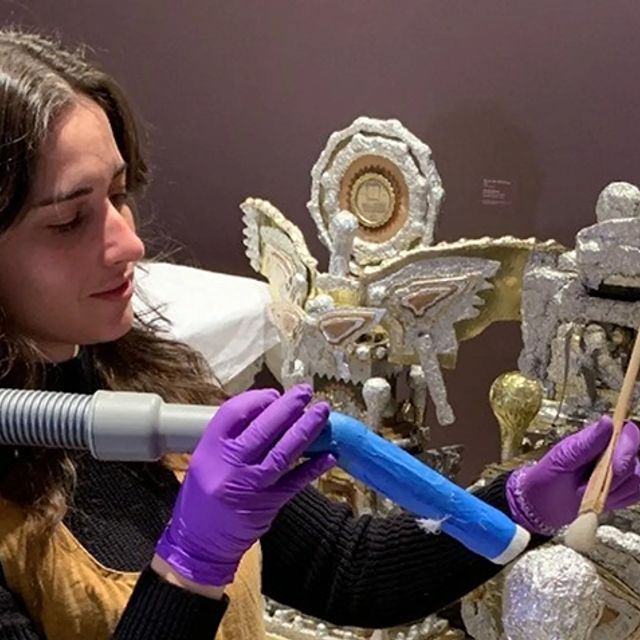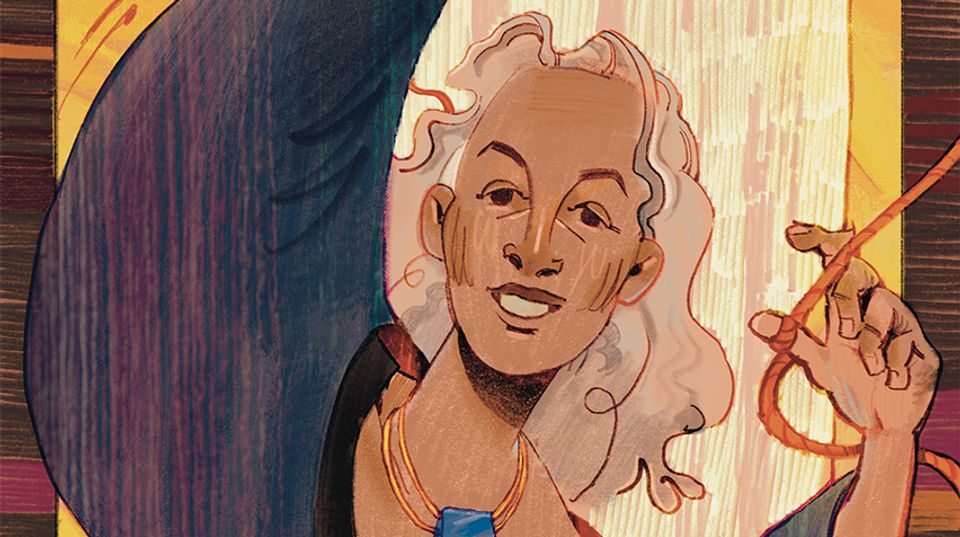Jo Ann Gillula is Chief of our External Affairs department. Ken Burns's latest documentary on our national parks gave her a chance to reflect on some of our country's greatest nineteenth-century artists.
I'm a hiker and getting out into the back country is one of the great experiences in life for me. The crunch of leaves beneath my feet as I gasp for breath steadily ascending a mountain and then burst out upon a rock outcropping to glimpse a spectacular view---experiencing this wild beauty renews me. I imagine I am the first person to behold a waterfall or the distant cascade of mountains unfolding in the distance.
So I had to watch Ken Burns's latest documentary, The National Parks: America's Best Idea. What surprised me was not the revelation that the national parks if left unregulated could be commercialized unmercifully, but how eloquently our nineteenth-century artists depicted their spectacular views. Granted, some of them idealized the scenes or added Native Americans for effect or created mountains in the studio that more closely resembled Switzerland's than America's. But let's not quibble. Two notable artists went out in the wilderness and did plein-air studies that became classic paintings for scholars and art aficionados alike.
When I can't go hiking, I like to visit these transcendent works. If you are in Washington, stop by the Smithsonian American Art Museum to see some of the great paintings by George Catlin, who followed the Lewis and Clark Trail in 1832, journeying over two thousand miles along the upper Missouri River to paint many Plains Indian tribes. The museum also has works by Thomas Moran, another artist profiled in Ken Burns's six-part series. His monumental oils are dazzling. I quote from our curatorial description by Moran's daughter Ruth on the importance of her father's excursions to Yellowstone with its bubbling mud pots, shooting geysers, and multilayered cliffs:
Every artist of genius experiences. . . a great spiritual revelation and upheaval. This revelation came to Thomas Moran as he journeyed on horseback through an almost unbelievable wilderness. . . In the Yellowstone country he found fairy-like color and form that his dreams could not rival. Moran painted seven watercolors of Yellowstone's Mammoth Hot Springs from different vantage points. . . This composition gives no indication of human scale, lending a sense of fantasy to an otherwise accurate view of an amazing natural phenomenon.
We are fortunate to have three of Moran's large paintings at American Art. Two are on view on the second-floor north lobby (the third is on loan in Wyoming and will be back home by Thanksgiving). Both depict the Grand Canyon of the Yellowstone. Our docents are quick to help children find the bear or note the scale of the tiny band of Indians at the base of the towering cliffs—both details give the painting scale and majesty. In fact, the two Moran paintings on display once hung outside the Senate chambers and inspired the passage of the bill making Yellowstone America's first national park. Looking at his paintings, I feel as if I'm standing on the edge of a lookout, poised to hike into the next valley. Or so I like to think.

















